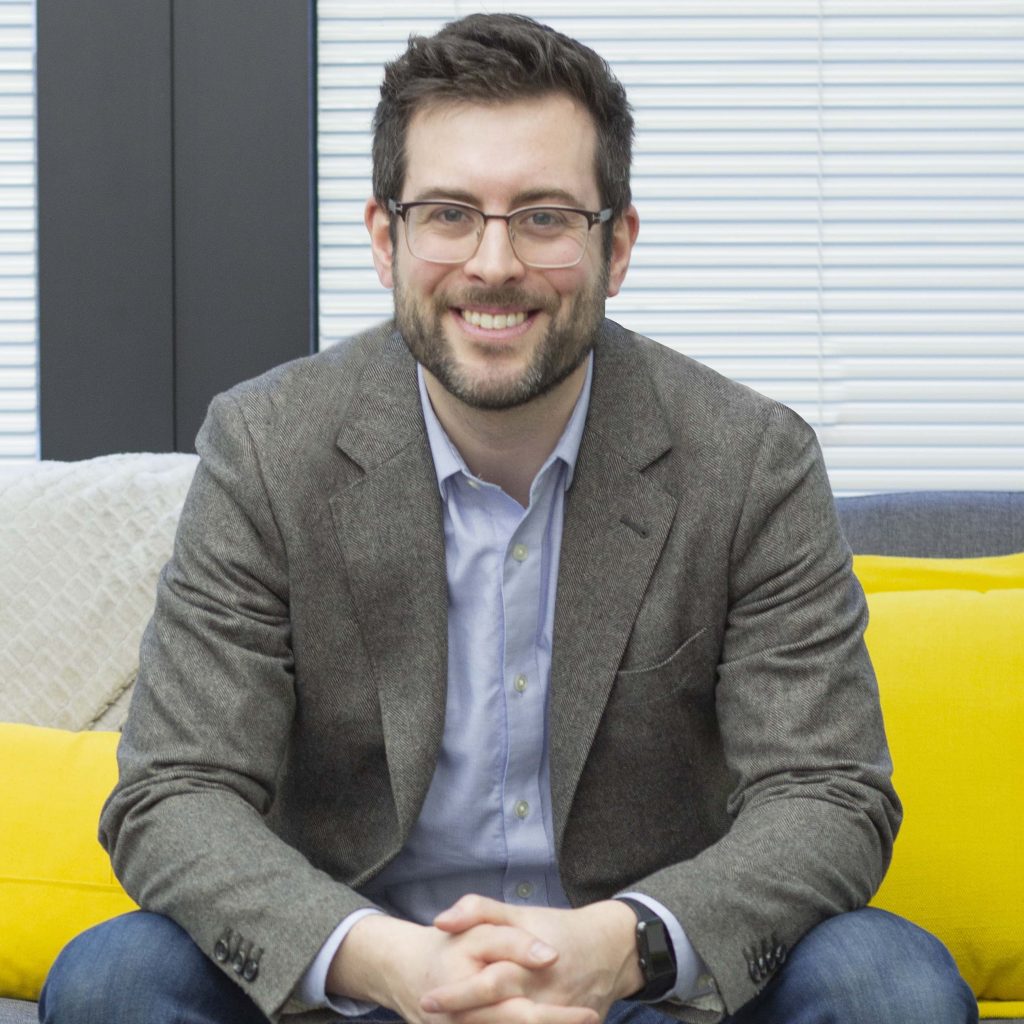Tuesday, January 26th, 2021...1:59 pm
From PhD to TD: One alumni’s journey from academia to industry
By: Georgia Maxwell, Gradlife Ambassador

For this week’s blogpost I interviewed Ryan Kealey, PhD, who is a Research Scientist, Design Research at TD. Dr. Kealey has a PhD in Human Factors from the University of Toronto, and we discussed how he moved from academia to industry and what tips he has for grad students who are considering making the jump.
Could you tell me about your education journey and how you arrived at U of T?
I started my undergraduate degree at McMaster in science (with the intention of studying biotechnology) and after my first year I quickly shifted to focus on psychology as I was interested in learning more about how people think. I then went on to do a Masters focusing on vision and cognitive neuroscience. While my Masters was interesting, I realized that I really wanted to apply what I had learned about the brain and behaviour to real world problems. I started to look for ways I could do this and I thought to myself, “what’s the most applied discipline I can think of?” and engineering came to mind. While looking into how to combine psychology and engineering I came across the field of human factors. After learning more about the discipline I made the decision to do my PhD in human factors at U of T with Professor Mark Chignell.
“As I went through my [PhD], I realized more and more that while there were certain things about academia that I really liked, there were other things I was less interested in”
When did you realize that although you were doing a PhD, you were interested in going into industry?
When I started my PhD I thought I was going to become a Prof. But as I went through my degree, I realized more and more that while there were certain things about academia that I really liked, there were other things I was less interested in. Luckily, the lab I was working in had some consulting contracts from different groups in transportation and healthcare, so I started to work on these on the side and realized that I really wanted to work in industry. After graduating, I did some independent consulting for a little while and eventually I landed at TD as a Research Scientist on the Design Research team.
You mentioned that the lab you worked in already had some consulting contracts. Would you say then that you started working in consulting because of the lab, or because you took it upon yourself to gain this experience?
While there was exposure to industry in the lab because we already had a consultancy group running, it really was on the students themselves to go out and find other opportunities because that’s not the main reason you’re working in the lab.
“I suggest that [Grad students] take the research approach that they’ve developed throughout their grad studies and apply it to the industry they’re trying to move into”
What advice do you have for grad students looking to get into industry, or gain industry experience while still in grad school?
If students are interested, I would heavily suggest that they look into the Mitacs program, which is specifically designed to connect industry partners with graduate students who need funding. At TD we’ve used the Mitacs system in the past, and we’ve run successful research projects through it.
For grad students who are looking to make the transition to industry once they graduate, I suggest that they take the research approach that they’ve developed throughout their grad studies and apply it to the industry they’re trying to move into. Understand where potential employers are coming from and the language they’re speaking, so that you can translate your own approach to show how your graduate skills will fit their needs. Convincing a business unit that they need a PhD or a Masters can sometimes be a difficult endeavour, but one thing that comes from graduate work is that you’ve really learned how to understand a problem, frame it, and then develop ways to break it apart and understand it further. I think this approach will be very useful in industry, you just have to learn how to demonstrate its utility to potential employers.
Starting to think about your future career? Check out U of T’s Career Exploration & Education Centre: a great resource for exploring different career paths and getting help with resumes and job applications.
Thank you to Dr. Kealey for taking the time to chat with me. This interview has been edited for length and clarity.

Leave a Reply